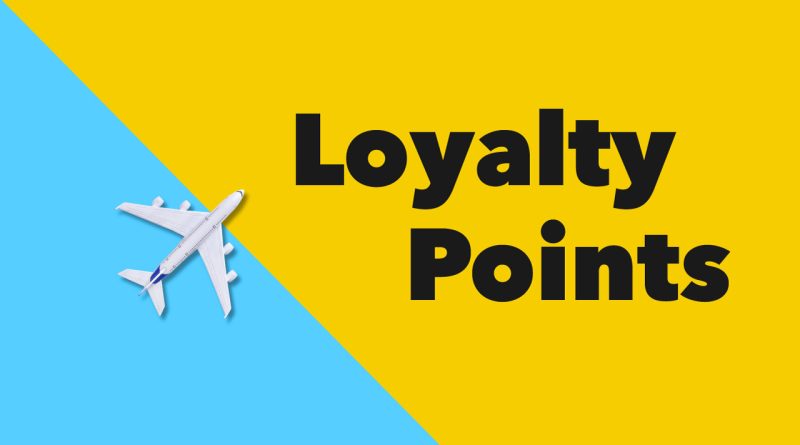Canadians should be wary of loyalty programs — not enticed by them
Canadians love loyalty programs. Try shopping at any major store without being asked for your loyalty card or rewards app at checkout — you can’t. There are Air Miles, Canadian Tire Rewards, Aeroplan, HBC Rewards. And now with the merging of two Loblaw Ltd. rewards programs — Shoppers Optimum and PC plus — into the new PC Optimum loyalty program, competition has increased not just for your money, but for your loyalty toward collecting points, too.
A recent COLLOQUY Loyalty Census study found that we’re addicted to hoarding points in exchange for free stuff. Canadians hold an average of 13.3 loyalty memberships per household, or 175 million memberships nationwide. That’s a 35% increase since 2015.
With bloggers, social influencers and mainstream media all dissecting ways to game the PC Optimum program to collect the most points for the least bank, maybe it’s time to rethink who really benefits from loyalty programs.
Duped into spending
When you consider the real cost of our increasing debt burden, our urge to splurge and the risk of points deflation, Canadians should be wary of loyalty programs — not enticed by them. If you’re not careful, it’s easy to get duped into spending more for the thrill of getting something for free.
While loyalty programs can reward regular customers with product discounts and free goodies — everything from basic food to exotic travel — they can also persuade you to buy stuff you don’t need. For example, the old Shoppers Optimum program constantly emailed members offers of 8,000 bonus points or 20X loyalty points for spending $75 or more on promoted brands and items. Given my past shopping history, I was once targeted to buy Pampers, despite the fact my kid is toilet-trained. But whether the deal is real or perceived, Canadians don’t want to miss out and will spend more money today hoping to be rewarded later.
Persuasive Perks: The World of Loyalty Programs
A 2016 Bond Loyalty Report found that 66 per cent of consumers will increase the amount they spend to either maximize points or to reach the next reward level.
It’s no wonder cashiers are required to push points programs at checkout: loyalty card members generate 12 to 18 per cent more revenue for retailers than non-members, Accenture Research found.
But the true value of any loyalty program lies in its ability to drive changes in consumer behaviour. Make no mistake, you are being programmed to shop, spend and redeem on the retailer’s schedule. By rewarding increased spending on a featured deal with bonus points, loyalty programs reinforce the shopping habits that increase a retailer’s bottom line, not yours. And hey, if reaching the next rewards level is achievable and feels good, science says you’ll be back for more.
Giving you a free cookie for being a good consumer is not unlike Pavlov’s salivating dogs. Expecting food after hearing a ringing bell is learned behaviour. Enjoy your cookie.
But the benefits for businesses go beyond increased sales. By scanning your card at checkout, retailers collect considerable information about you and can use that data for profit. Not only do they have insight into your shopping habits, but they can target your every desire through personalized newsletters, custom deals on the stuff you buy and even bonuses on your birthday.
Through loyalty programs, retailers know what you like and how much you’ll spend because you told them. A big concern is what happens when systems fail, data is breached and hackers have access to your credit card, home address and even your points balance.
Security issues have hit several loyalty programs including Air Miles, and PC Points customers have been asked to reset their passwords after a breach resulted in a theft of points. Consumers should obviously use passwords to protect data, but when a program is hacked, the onus is ultimately on you to check credit reports and card balances to ensure you don’t fall victim to fraud.
Changing program terms
Another important thing to remember here is that points on a card are not akin to money in the bank.
With an estimated $16 billion in points unredeemed by Canadian collectors, rewards programs seek ways to lessen their risk. In 2016, Air Miles, run by LoyaltyOne, attempted to expire points and caused a huge public outcry when they allegedly reduced reward offerings, increased points required for some travel and failed to adequately staff support lines to serve customers in need. After public outcry, they backed off the plan.
Loyalty programs can no longer expire points in Ontario, thanks to new regulations through the Ministry of Government and Consumer Services, but they can change the program with little notice leaving the value of a point or the availability of rewards in jeopardy. Use them or lose them.
By focusing on earning points through a program or retailer, Canadians often forgo the biggest money saving tactic around: comparison shopping. In comparing prices between products and retailers, you broaden your options to other brands across various price points and can find the true deal.
Shift your focus from collecting points to collecting money and be loyal to your bottom line, not the retailer’s.
Love love love,
Kerry
